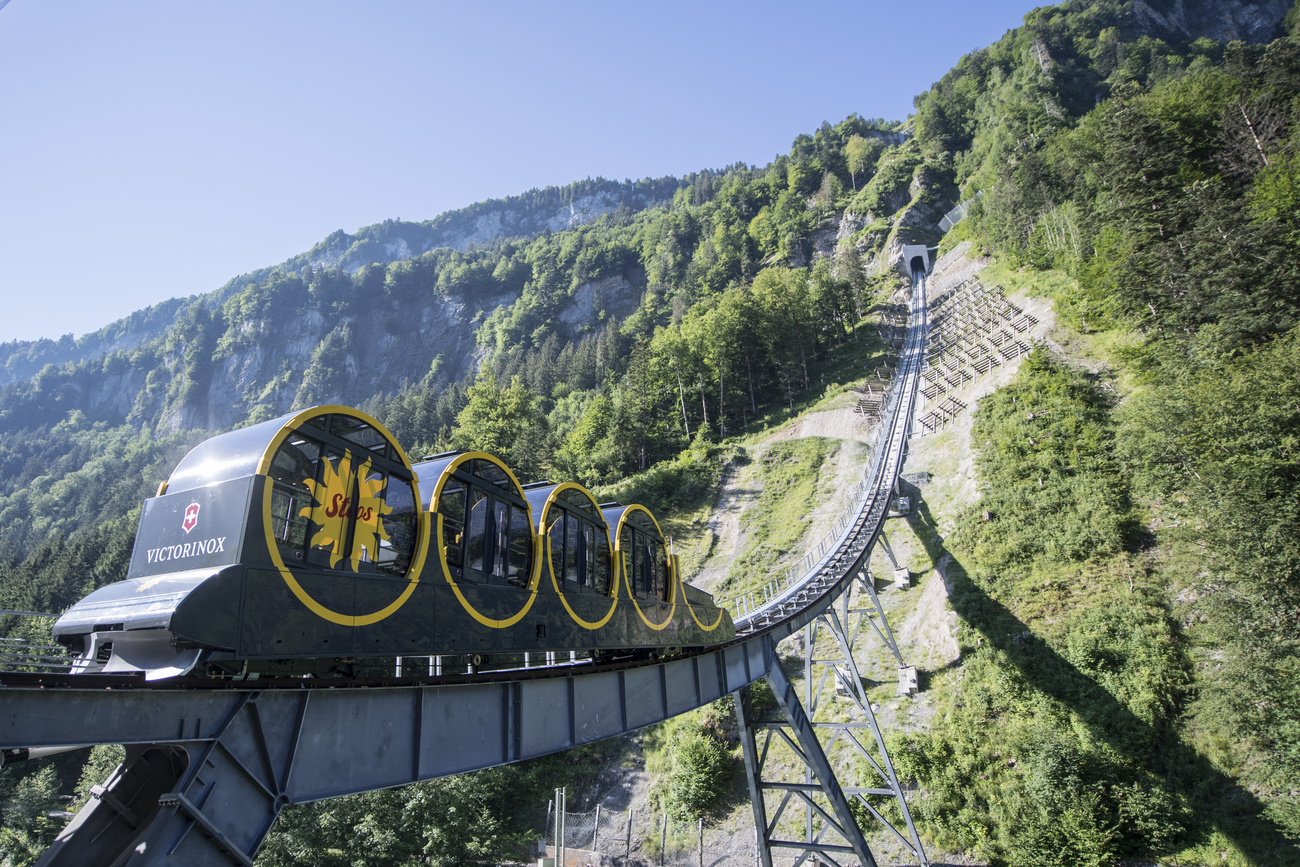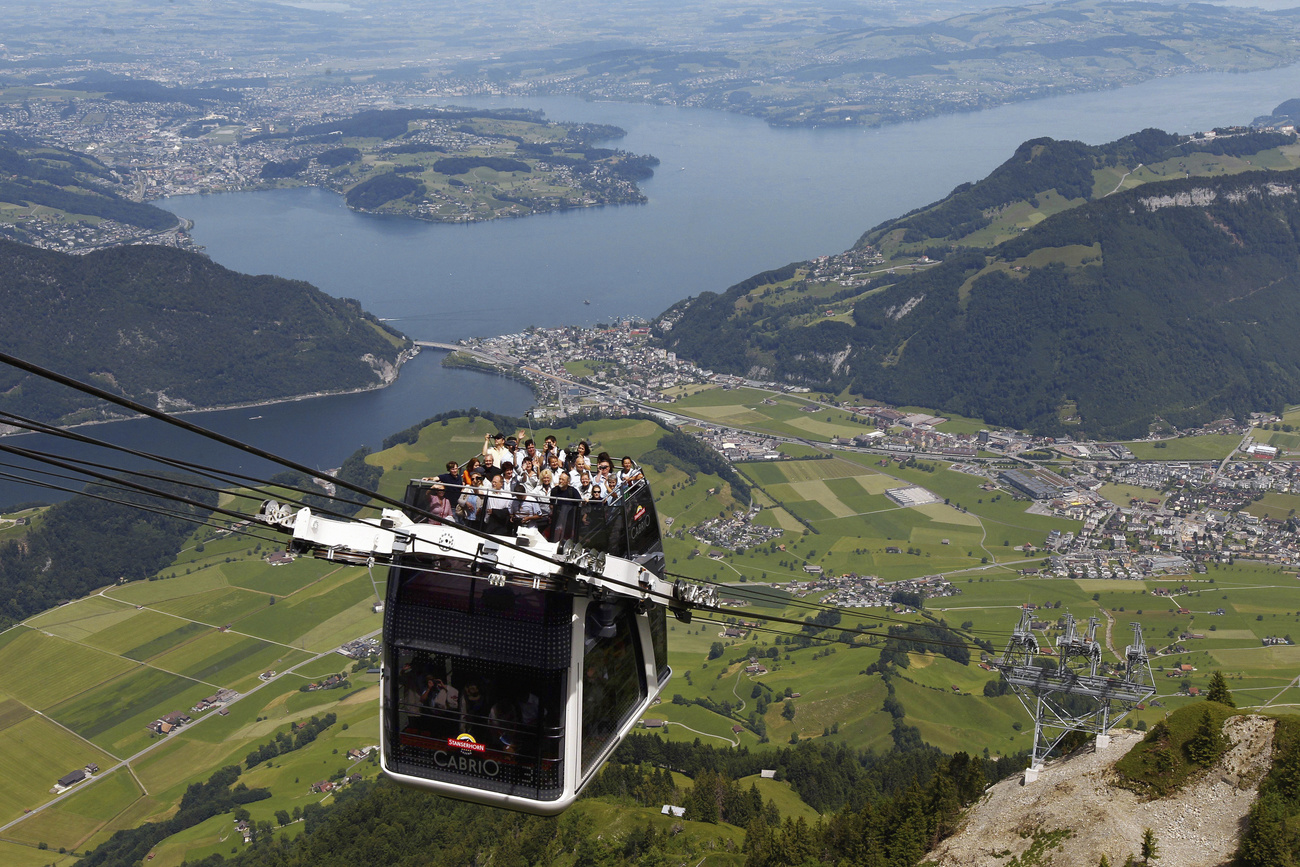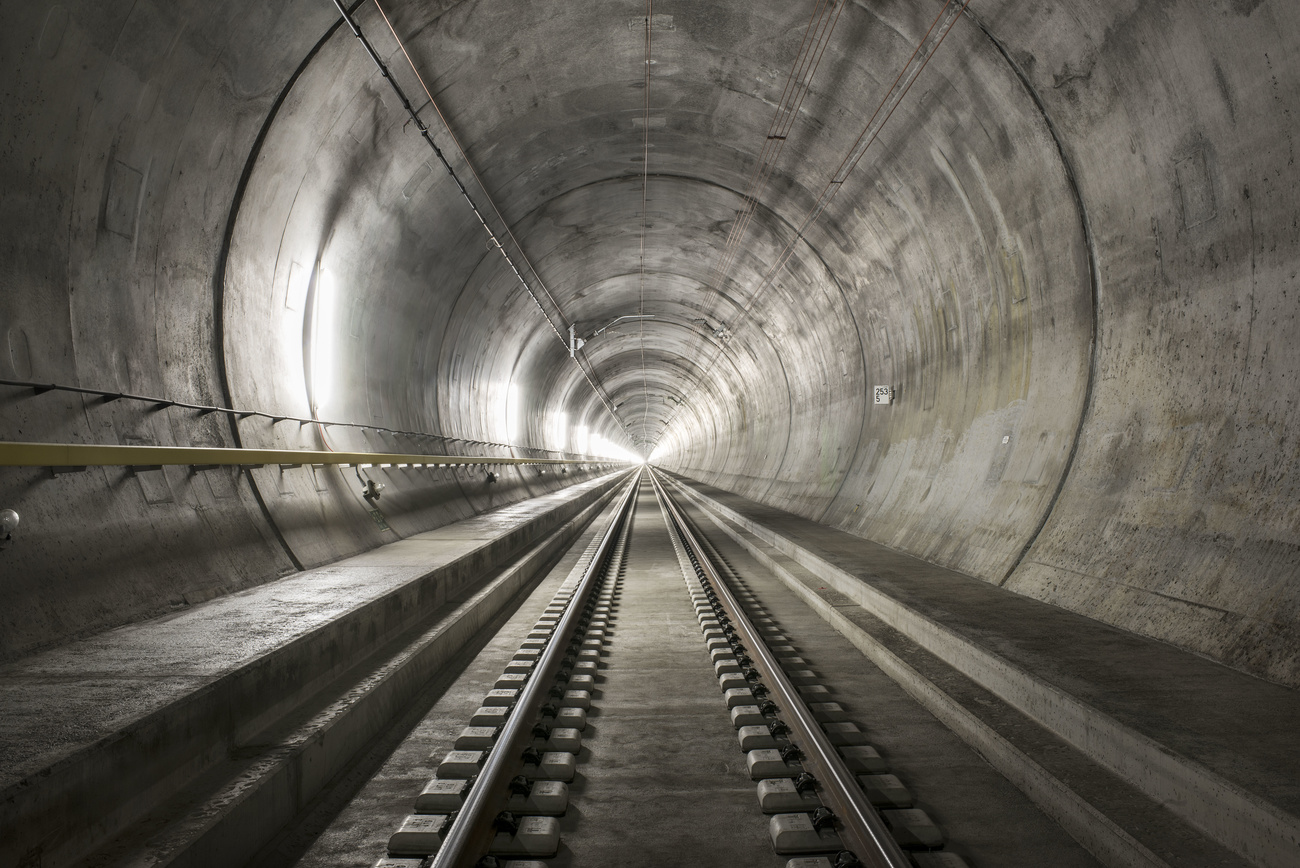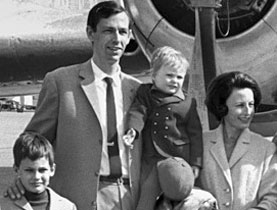Record-breaking Switzerland: from the world’s steepest railway to the largest igloo

A Swiss train last week set a world record by travelling almost 3,000 kilometres without refuelling. But Switzerland is home to many other technological records. Here are some of the most impressive – and surprising – ones.
Many of Switzerland’s world records are thanks to its landscape, specifically its mountains. Whether it’s going over them or through them, Swiss engineers have risen to the challenge. In 2017 the world’s steepest funicular railway opened in Stoos, central Switzerland. At its steepest point the slope is 110%, about 47 degrees, but the barrel-shaped carriages rotate to maintain a level floor surface.
Just 25km away, the other side of picturesque Lake Lucerne, is the Stanserhorn mountain, home to the CabriO cablewayExternal link, the world’s first open-top double-decker cable car. Hold on to your hats…

Another Alpine record which might not be for those with vertigo issues is the world’s highest tri-cable car system in Zermatt, southwestern Switzerland. Dubbed the Matterhorn Glacier Ride, the system connects the Trockener Steg (2,939 metres) and the Klein Matterhorn (3,883 metres) peaks. The nine-minute ride suspends passengers at a maximum height of 198 metres. Four cabins have been designed with floors that become transparent so those onboard can enjoy the view below.
Zermatt is also where the world’s largest igloo was built! More accurately, according to the Guinness World Records, the largest dome igloo made of snowExternal link, with an internal diameter of 12.9 metres and a height of 10.6 metres. It took 18 people three weeks to build the igloo in 2016 to celebrate the 20th anniversary of the Iglu DorfExternal link (igloo village) hotel. I spent a night in Iglu Dorf a few years ago (when I got stranded in Zermatt following a landslide, but that’s another story). It was very impressive – beautiful ice sculptures are carved everywhere – but very cold. Definitely memorable though.
Also in canton Valais – and also very impressive – is the Grande-Dixence damExternal link, at 285 metres the tallest gravity damExternal link in the world (it’s the seventh-tallest dam overallExternal link and the tallest dam in Europe). Another Swiss dam, the Verzasca Dam (officially the Contra Dam) in canton Ticino, is also in the Guinness World RecordsExternal link as the scene of the “highest bungee jump from a structure in a film”. At the beginning of GoldenEye (1995) the audience holds their breath as James Bond, or rather stuntman Wayne Michaels, leaps off the 220-metre structure.
When it comes to the direct route through mountains, the Swiss are in a league of their own. The Gotthard Base Tunnel is the world’s longest rail tunnel. Opened in 2016 after 17 years of construction, it consists of two 57.1km single-track tunnels for freight trains and passenger trains connecting Erstfeld in canton Uri with Bodio in canton Ticino. It’s also the deepest rail tunnel in the world, with a maximum depth of 2,450 metres, comparable to that of the deepest mines on Earth. Without ventilation, the temperature inside the mountain reaches 46°C.

More
Why is the Gotthard Base Tunnel so important?
Another record-breaking tunnel, but with much faster traffic, is the Large Hadron Collider (LHC) at CERN just outside Geneva. The LHC, a 27km doughnut, holds many physics records, including being the most powerful particle accelerator in the world and generating the highest artificial temperatureExternal link ever measured. In 2012 scientists announced they had recorded temperatures of over five trillion K and perhaps as high as 5.5 trillion K.
However, the LHC will be dwarfed by the Future Circular Collider (FCC), a 90km circular tunnel currently at the planning stage. A final decision by CERN member states on whether to greenlight the project is not expected before 2028.
One of the most recent world records with Swiss involvement was the news that on March 20 a hydrogen-powered train from the Swiss rail company Stadler had covered 2,803 kilometres without refuelling or recharging. The record trip, which took 46 hours, was carried out at a test centre in the US state of Colorado. This is Stadler’s second entry in the Guinness World Records: in 2021 a battery-powered trainExternal link set the record for the longest journey on a single charge with a distance of 224 kilometres.
And let’s not forget the Swiss students who last year broke the world acceleration record. Their electric racing car went from 0 to 100km/h in 0.956 seconds.
Hydrogen seems to be the element of choice for pioneers. Last month Swiss adventurer Bertrand Piccard, who in 2016 completed the first round-the-world flight by a solar plane with co-pilot André Borschberg, announced plans to circumnavigate the world again in 2028. This time he wants to fly a hydrogen-powered aircraft, with the ambitious goal of completing the journey in just nine days. Piccard already holds the recordExternal link, with Brian Jones, for the “farthest distance flown in a balloon” (40,814km).
Piccard has record-breaking in his blood, coming from a family that has gone unbelievably high and deep.

More
A family piles up the records
In 1931 Piccard’s grandfather Auguste (the inspiration for Professor Calculus in Hergé’s Tintin comics) climbed aboard a hydrogen balloon with his assistant Paul Kipfer and eventually reached an altitude of 15.7km, becoming the first humans to enter the stratosphere and witness the curvature of the earth.
Three years later Auguste’s twin brother, Jean, and Jean’s wife, Jeannette, ascended in a hydrogen balloon to almost 18km, with Jeanette becoming the first woman to enter the stratosphere.
Auguste’s son (and Bertrand’s father), Jacques, became an oceanographer and engineer and was one of the first people to explore the unknown parts of the ocean. In 1960, Jacques and Don Walsh, a US Navy submariner, took the Trieste II bathysphere to a depth of about 10,916 metres and broke the record for the deepest manned submarine dive. This record stood until 2019.
If and when Bertrand Piccard makes his hydrogen-powered flight, he and his team could always celebrate by cracking open the largest wine bottle in the worldExternal link: a 4.17m high bottle commissioned in 2014 by a Swiss car importer to celebrate the opening of a new branch of his business. But while the bottle could in theory hold 3,094 litres (4,125 standard bottles of wine), it’s unclear whether it ever actually contained anything.
Well, it's 5pm somewhere…
— Guinness World Records (@GWR) October 20, 2022External link
The largest bottle of wine is 4.17 metres (13 ft 8.17 in) tall and can hold an eye-watering 3,094 litres of wine! 🍷
It was unveiled by André Vogel #OTDExternal link in 2014. pic.twitter.com/LIqszqsqWkExternal link
Do you want to read our weekly top stories? Subscribe here.

In compliance with the JTI standards
More: SWI swissinfo.ch certified by the Journalism Trust Initiative

You can find an overview of ongoing debates with our journalists here. Please join us!
If you want to start a conversation about a topic raised in this article or want to report factual errors, email us at english@swissinfo.ch.